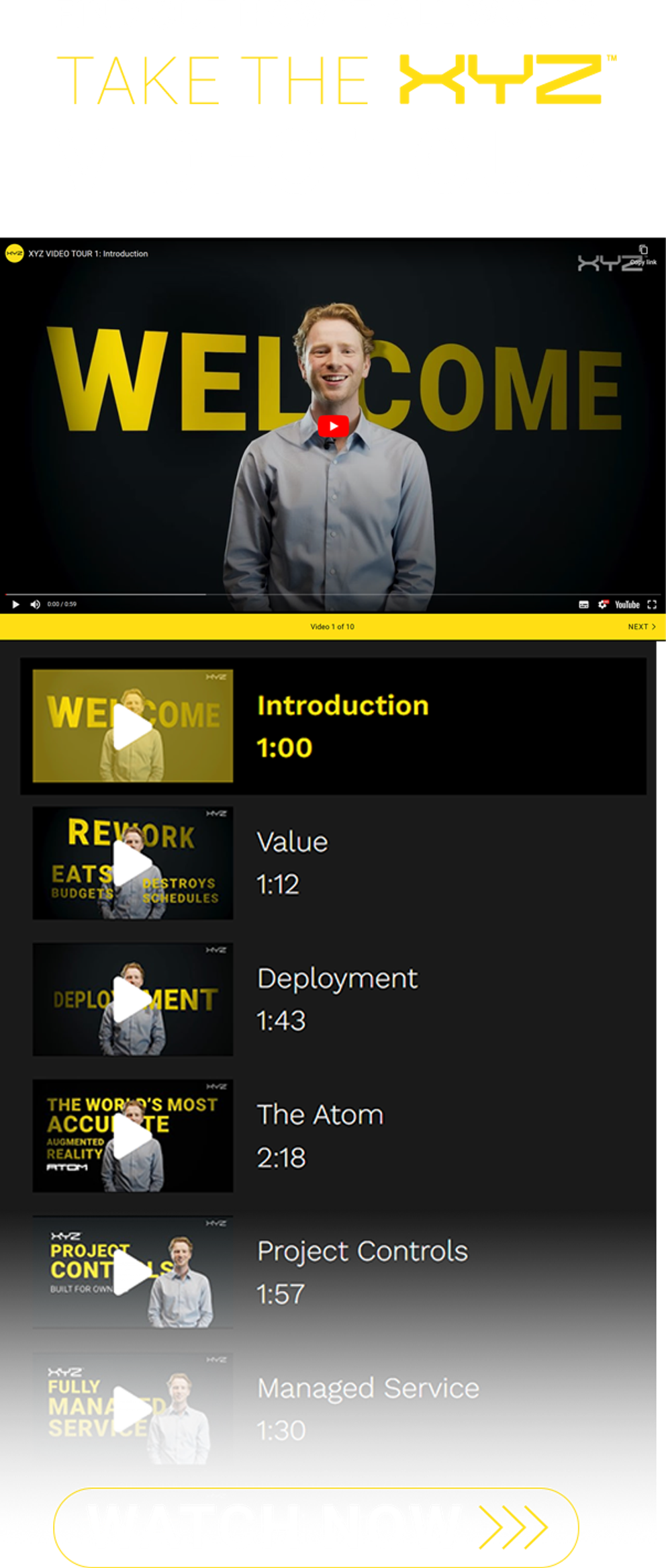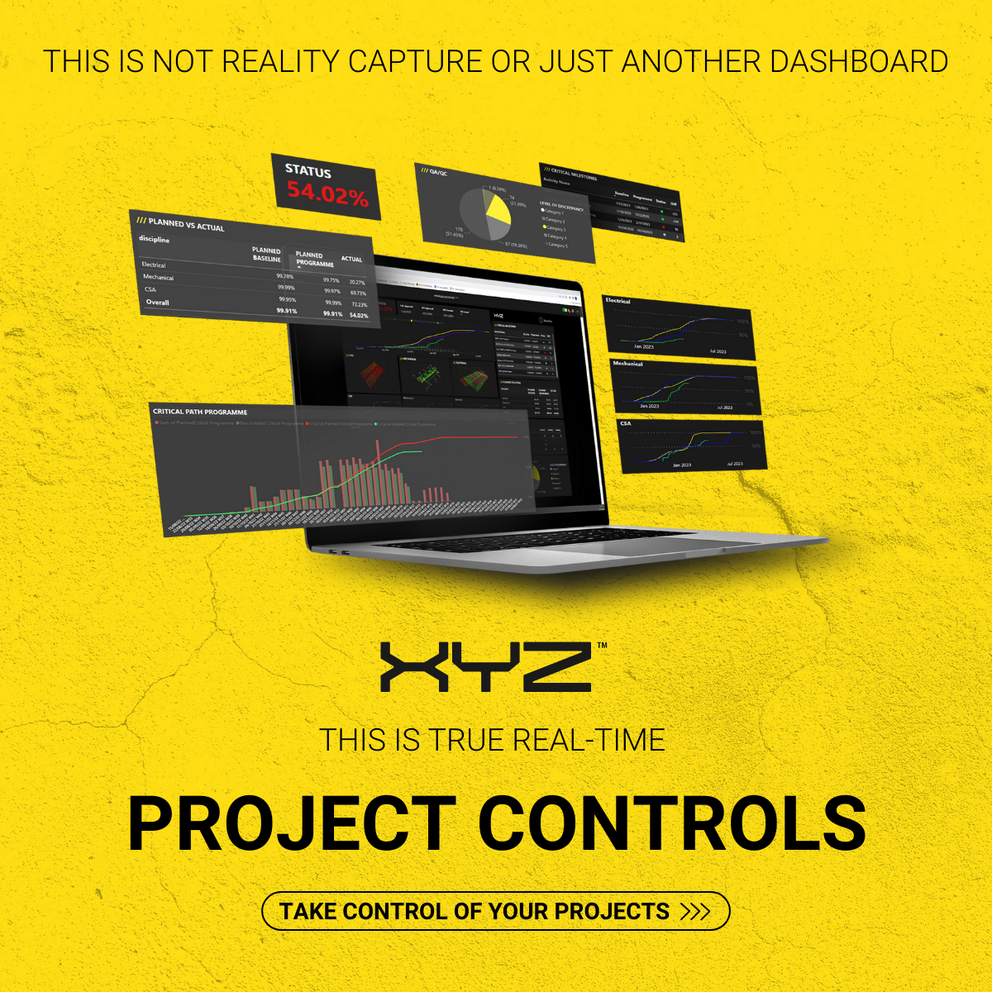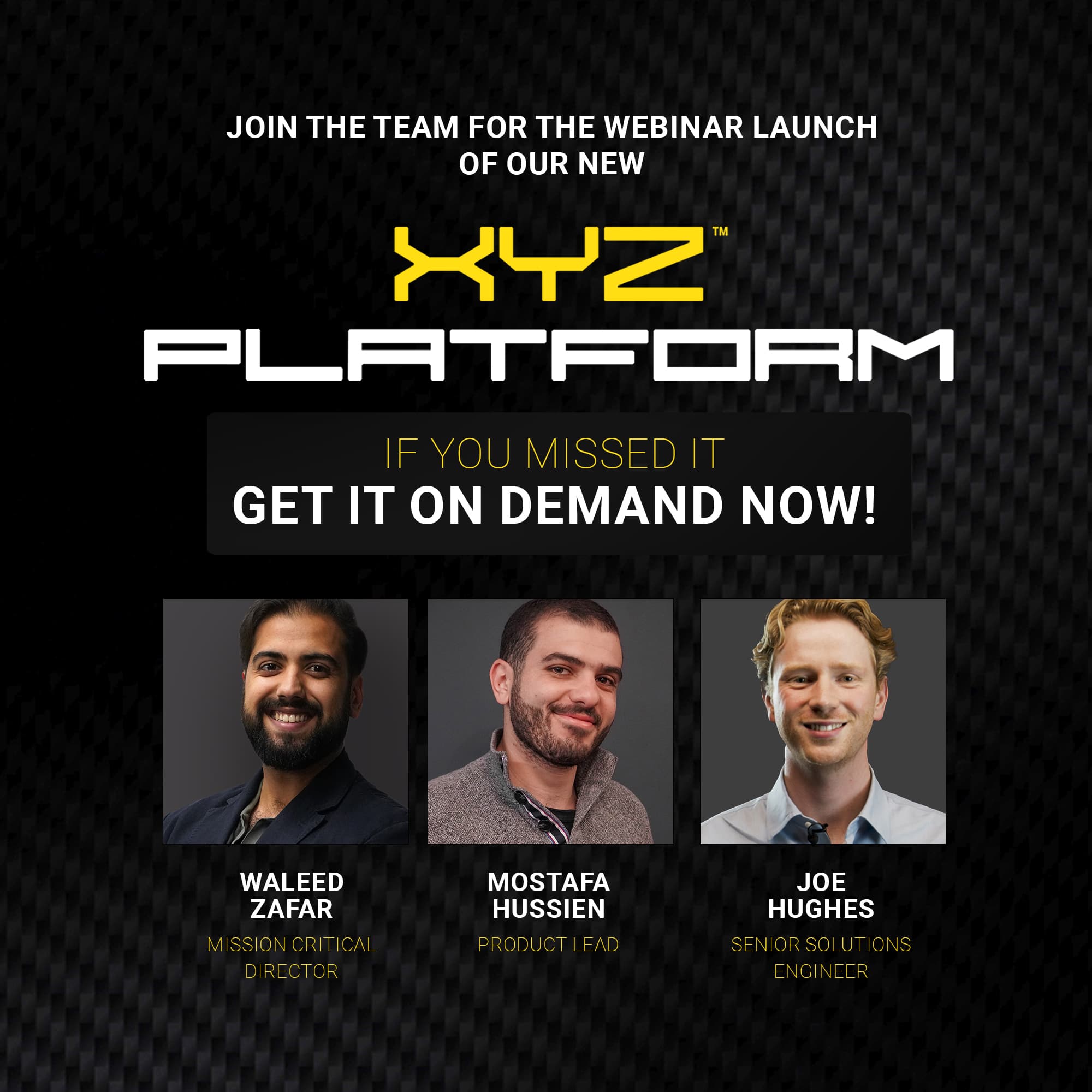-
Services
Services
Find out how we work with our clients and deliver value to construction projects from day one
-
Solutions
Solutions
Discover how all our solutions sync together to deliver construction's most powerful BIM platform to date
-
Built for
Built for
-
Industry
Industry
Understand how we support construction's biggest sectors, and hear from our clients who have experienced the power of XYZ
-
Resources
Resources
Get stuck into all our latest thought leadership, news, reports and industry leading content
-
Company
Company
Dive into what makes XYZ tick, unearth why construction is in our DNA and why we are world leaders in AR solutions

Insights
Unlocking the Future: A Step-by-Step Guide on Designing and Creating Buildings using Digital Twin Technology (New 2023 Guide)

01 September 2023
Construction, like many other industries, has experienced modernization and advancements in technology over the last decade. Technologies have revolutionized the way we design and construct buildings.
Of those developments, digital twin technology introduced the concept of not only seeing designs on a screen but being able to walk through and manipulate them as lifesize virtual experiences.
The integration of AR and VR (augmented and virtual reality) technologies has opened a new door for construction and design teams. They have enabled teams to streamline their workflow and speed up processes.
This article will take a closer look at digital twin technology in the construction industry, with a specific focus on augmented reality.
What is digital twin technology?
Before we delve into how to use this tech for construction, let’s cover what it is. A digital twin is a digital representation of an object. This digital version of the object can give insight into how it operates with other components and what it consists of.
It’s created using data from multiple sources (sensors, for example) BIM models, and historical data. Through the digital twin, project teams can evaluate the impact of design changes, increase productivity, and reduce rework.
The way it differs from BIM is that BIM is only a visual representation or modeling whereas digital twin technology allows users to interact with it virtually.
XYZ Reality: The intersection of Digital Twin and BIM
When constructing complex facilities and buildings, teams need all the information they can get their hands on. That’s why XYZ integrated the power of augmented reality, giving users the ability to layer a virtual model over the real world.
At XYZ Reality, we’ve taken visual modeling a step further. Our AR headset enables users to view their BIM models onsite, in real-time. Our project controls solution helps managers get better control of their entire project and track progress to minimize delay risks.
Not only does this give project managers and teams better insight into their designs (i.e., clash detection), it also helps teams to visualize the entire project scope, giving managers more time to make critical decisions.
Designing and creating buildings using digital twin technology
Implementing a digital twin approach in your building process can be a daunting task. But we've broken it down into simple steps to help you get started.
Step 1: Assess the project requirements
The project scope will determine the kind of digital twin technology you need. For instance, residential buildings might not need advanced digital twin technology. A simple one will do.
However, for more complex projects like airports or data centers, you'll need a sophisticated digital twin to handle larger amounts of data.
Step 2: Select the right technology and team
The digital twin approach is a combination of team and technology.
Choose an effective team for your project. Your team should comprise individuals with different skill sets, including:
- Architects
- Engineers
- Designers
- Data scientists/Data analysts
- Construction project managers
Technology-wise, make sure you choose a technology that simplifies your process.
There are two types of technological requirements: hardware and software. Hardware means sensors, IoT devices, BIM models, and servers. The specific software would include 3D modeling tools, data analysis tools, visualization software, simulation tools, and cloud solutions.
Imagine a way to streamline your design-to-delivery process that minimizes errors and rework. Or a platform that enables you to track timelines and recognize delays weeks in advance. With XYZ Reality’s software platform, AR tools and project controls solution, you can maximize your project timelines and your budget.
Through our project controls solution, construction managers can tag the project schedule to the components in the BIM model to gain insights on the specific trades teams involved. Managers get insight on the project progress and can identify potential delays weeks in advance.
Delays aren’t only inconvenient, they can be costly. With advance notice, managers can then allocate more resources to keep their project on track for completion.
Contact our team and see how we can help you build better today.
Step 3: Create your BIM Model and Digital Twin
Your main job starts here. To create a digital twin, you first have to acquire data. There are two main ways to do it:
- Data Sources: The data about a building can come from various sources, such as manual measurements and sensors.
- 3D Scanning and Modeling: You can also scan the blueprint of the building and create a 3D model using modeling software like BIM.
Next, you have to integrate the data to create a digital twin. Speaking of integration, this is where Building Information Modeling (BIM) comes into play.
BIM allows you to create and manage a virtual representation of a building's characteristics and functions. XYZ BIM is one such software that lets you transform your ''as-designed'' building into an ''as-built'' model to:
- Get Insights Into Issues: After creating the model, you can also visualize and validate issues via the Atom™ headset. Next, you may assign the issues to relevant team members and manage them on the same platform.
- Collaborate: The centralized nature of our platform allows different teams to collaborate and share information in real-time.
- Be Transparent: With the centralized system, all stakeholders have access to relevant information and can track changes easily.
Step 4: Test and refine
Once you have created the digital twin, it's time to test it. By testing, we mean taking the digital twin on a "virtual test drive." (Going to the construction site and checking if the digital twin matches the real blueprints or physical building.)
Once your design is created in BIM, you can use the Atom headset to overlay it on your construction job site. The Atom is XYZ Reality’s augmented reality technology that displays a holographic image of your 3D BIM model to scale. The AR engineering-grade headset helps teams visualize their designs and make edits and changes on the spot, with zero lag.
With this technology at your fingertips, you can detect clashes easily and build better the first time around. So, by the time you get to the building phase, your plans are ready to be built without the hassle of rework.
Step 5: Address the challenges
While creating a digital twin of a construction project has numerous benefits, it also comes with its own set of challenges. Some common challenges that you may face include:
- Data Collection and Integration: Gathering data from various sources can be time-consuming, especially when you're working on commercial projects. XYZ Platform allows teams to consolidate their data in one spot. Our Autodesk integration extends this access to Autodesk users, letting existing users view the information on that platform.
- Data Quality and Accuracy: The accuracy of your digital twin depends on the quality of data that you collect and integrate. So, you must have stringent data collection policies. XYZ is committed to accuracy and reliable data. With our AR solution you can be confident that each department is working from quality, accurate data.
- Lack of familiarity: Construction workers and external stakeholders are often unfamiliar with new technologies. You'll have to invest in employee training to ensure they make the most of BIM and the digital twin.
Our field engineers can help you deploy the Atom on your construction site so you can keep the pace and stick to your project timelines. This way you can be comfortable with your AR BIM models before attempting to integrate any digital twin technology.
Modernize your construction process with XYZ Reality
Advancements in the modern construction landscape take place every other day. Teams have to stay on board to keep up with the changes.
XYZ Reality's technology enables you to integrate augmented reality into your construction process with ease. Its ground-breaking AR technology makes it possible to visualize and analyze your designs, allowing changes and updates real-time.
Book a demo to see XYZ Reality in action on your project.






